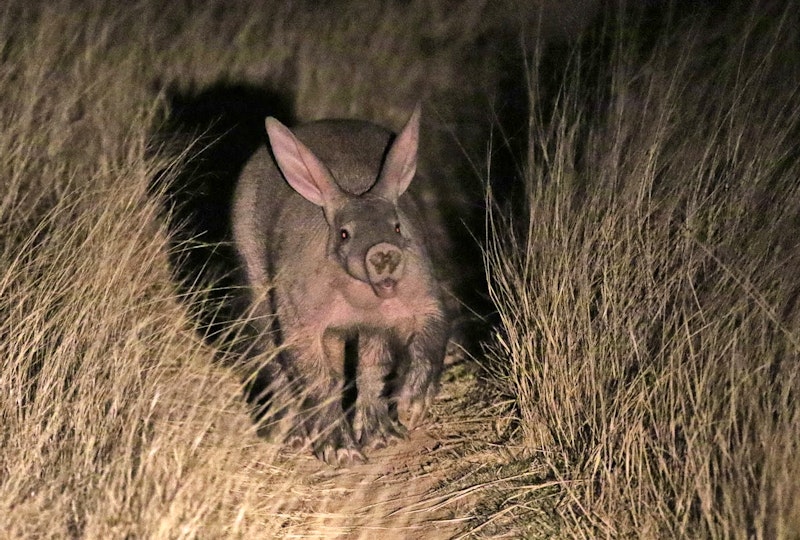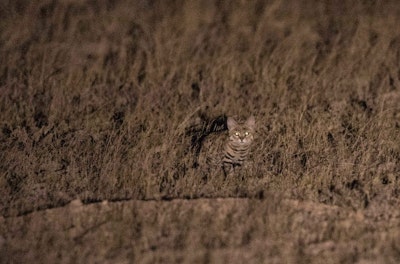Itinerary Highlights
- Namaqualand's incredible Floral Spectacle
- Aardvark, Aardwolf, Springhare and other wonderful nocturnal mammals
- Smorgasbord of 'herps' (Reptiles and Frogs)
- Dramatic landscapes of some seldom-explored wilderness places
- Diverse birdlife
- Exceptional guiding and unparalleled expertise
What's Included
- Flights
- Accommodation Throughout
- Travel Guide
- Transfers
Shelley Phillips
Travel Specialist
Itinerary
Day 1 29 August 2025: Flight to South Africa
Day 2 30 August 2025: Kimberley - Marrick Private Game Reserve
Day 3 31 August 2025: Marrick and Mokala National Park
Day 4 01 September 2025: Marrick to Augrabies Falls National Park
Day 5 02 September 2025: Augrabies Falls National Park - Pofadder
Day 6 03 September 2025: Pofadder - Port Nolloth
Day 7 04 September 2025: Port Nolloth & Environs
Day 8 05 September 2025: Port Nolloth - Springbok via Goegap Reserve
Day 9 06 September 2025: Springbok & environs
Day 10 07 September 2025: Springbok to Niewoudtville
Day 11 08 September 2025 - Niewoudtville & surrounds - Knersvlakte
Day 12 09 September 2025: Niewoudtville to Grootwinterhoek
Day 13 10 September 2025: Langebaan - Cape Town
Day 14 11 September 2025: Cape Town & environs
Day 15 12 September 2025 - Cape Town & Departure
Day 16 13 September 2025 : Arrival back home
Shelley Phillips
Travel Specialist
Pricing Information & Dates
Shelley Phillips
Travel Specialist
Price Includes
- Return International Flights as per the itinerary
- All airport taxes and security charges
- Accommodation and meals as specified
- Transfers as specified
- Activities and excursions as specified
- All entrace fees on sightseeing tours as specified
Price Excludes
- Travel Insurance
- Any meals not specified in the itinerary
- Tips and gratuities
- Optional excursions
Pricing Notes
Why Choose Us?
Passionate travel experts
- We've been leading wildlife travel since our first South Africa tours over 25 years ago
- Our Travel Specialists have lived in their specialist area for years
- We work with local guides to immerse you deeper in our diverse range of experiences
Personal & tailor-made
- You'll speak to your own expert who'll share their first-hand knowledge
- We'll make your itinerary seamless with 24/7 emergency contact available
- Your Travel Specialist will listen to ensure you have the best chance of seeing the wildlife you love
Responsible by nature
- We take care to actively contribute to the conservation of environments we visit
- For select countries, we make a charitable donation on your behalf when you make your booking
- We've partnered with conservation experts and NGOs to curate responsible tours
For the latest travel advice from the Foreign, Commonwealth and Development Office check www.gov.uk/travelaware




































